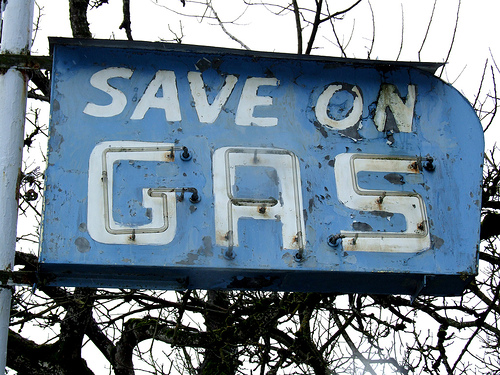I was in the rec center pool on a snowy May afternoon recently talking to my friend Dave as my kids sloshed around in what struck me as a massive inoculation tank. As usual, nerds that we are, we talked about energy efficiency in our houses.
Dave recently had an energy an audit, and like me, he’s got a roof made out of two-by-fours, an insulation rating of R-12. Code here for roofs is R-37, and best practice is R-49. The auditor told him: the best thing to do would be to insulate between the interior beams, and then plywood over it. “Of course I’m not going to do that,” Dave said. “It would ruin the whole effect of the living room.” I had the exact same reaction, plus I found out it would cost a fortune. Neither of us insulated our roofs.
When I told this story to my friend Cador, a builder with a leading green contractor in Boston (http://www.byggmeister.com/) he said “Yeah, you fill in the beams. And you sheetrock over them. And it looks bad. But I think these are the kinds of compromises we’re going to have to make if we really decide to solve the climate problem. Something has to give. We can’t live the way we’ve been living.”
And he’s right. Cador’s comments bear on a development not far from him, the Cape Wind project, that has been enormously controversial and just got approved by Interior Secretary Ken Salazar. Bobby Kennedy has opposed it, asking: “Would you put wind turbines in Yosemite?” And other thoughtful people, like Cameron Millard who recently posted on Facebook, have brought up legitimate concerns: “It seems like it could have a big impact on the local ecosystem, the Wampanoag tribes, and yes, block some rich people’s view. Does this make it a NIMBY scenario, or are the claims for environmental justice legit? It would seem to violate various sustainability principles as well, such as: start with reducing demand before disrupting ecosystems to increase supply. I’m very curious to hear what people think around this issue – it’s very contradictory, with Greenpeace on one side (pro) and environmental lawyer Robert F.Kennedy Jr. on the other.”
It seems, on first blush, complex, just like our living room challenge. But it really isn’t.
If we’re going to save the world (and if you really need a final beating about the head on climate science, please check out Bill McKibben’s new book Eaarth (http://www.billmckibben.com/eaarth/eaarthbook.html) or Joe Romm’s new book Straight Up (www.climateprogress.org) or my book www.gettinggreendone.com ) we are going to have to make the hardest choices of our lives. This is going to hurt. I’m reminded of Aron Ralston, his arm pinned under a boulder, alone in the desert for days. It was certain death if he stayed there, so he cut his arm off with a pocket knife. Our modern choices are, blessedly, easier than his. We’re going to lose those lovely wooden beams that make our house seem like a rustic cabin. We’re going to break the bank. To save the world, yes, we might even put wind turbines in Yosemite.


